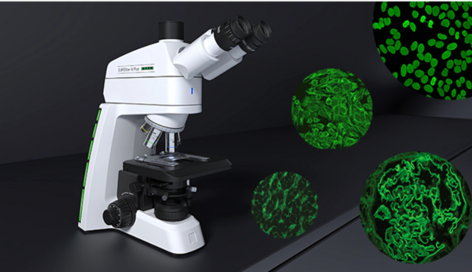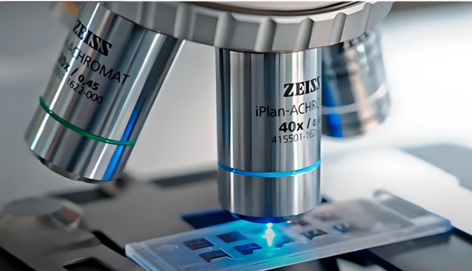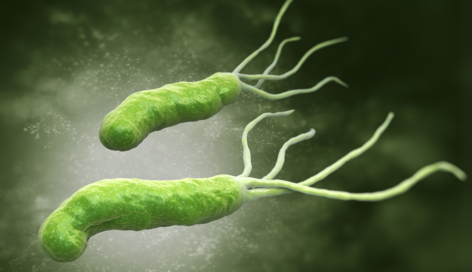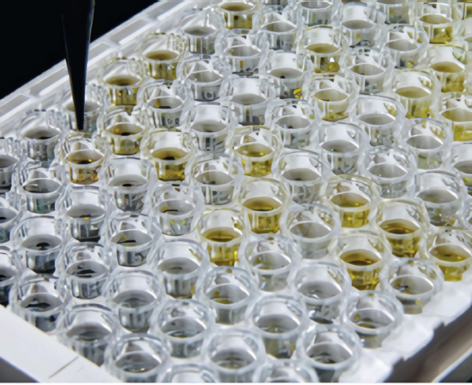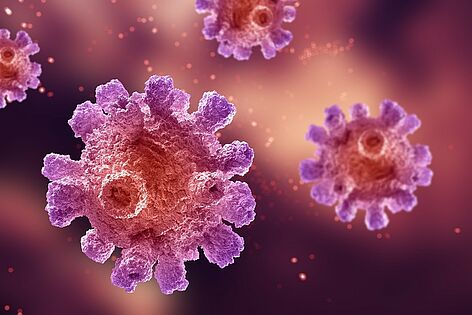
X
What are you looking for?
X
Euroimmun worldwide
This website provides an overview of the business activities and products of EUROIMMUN AG worldwide. Not all products are registered and approved in all countries or regions. Please contact your country representative for product availability and information
Euroimmun branches
Choose your country





















